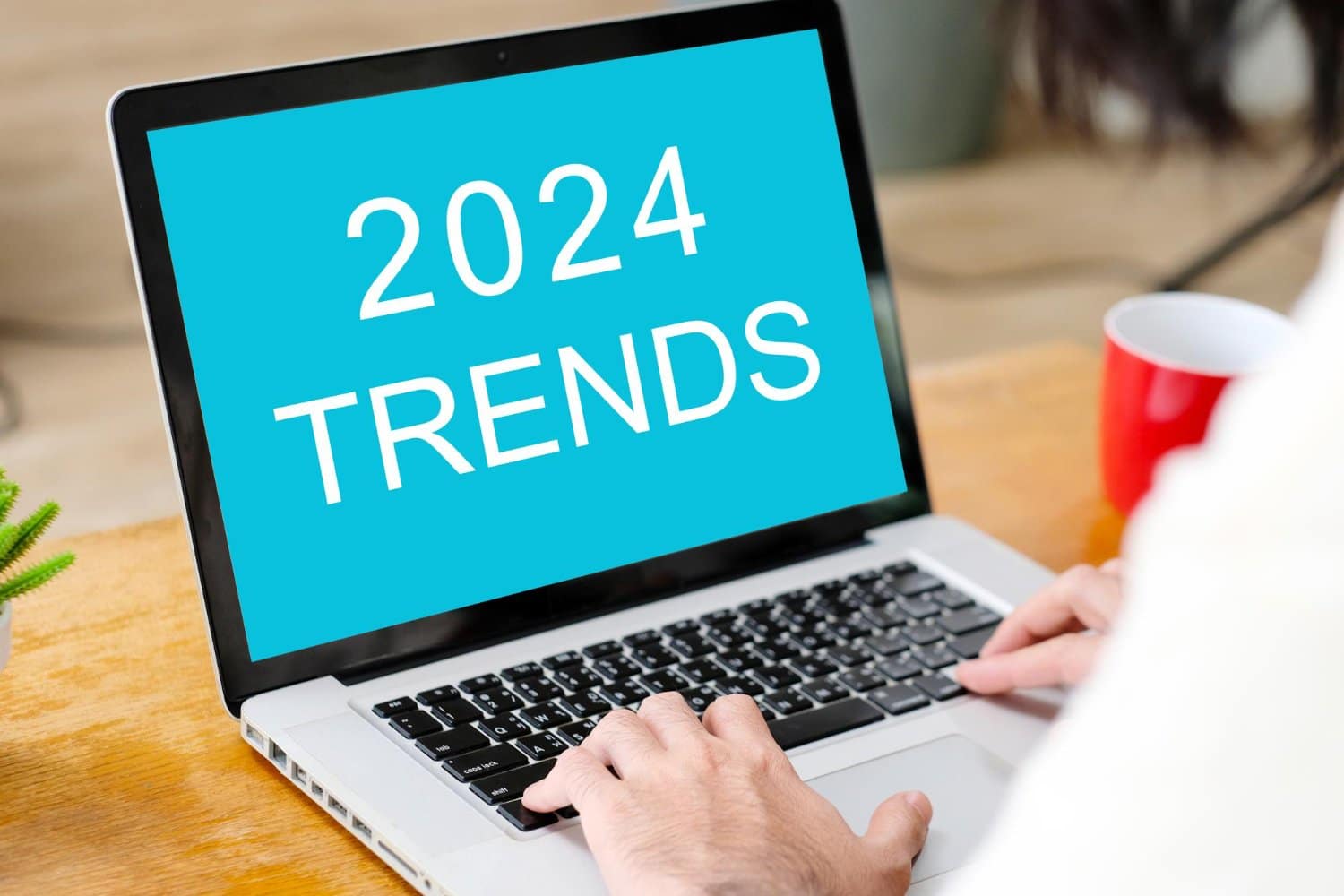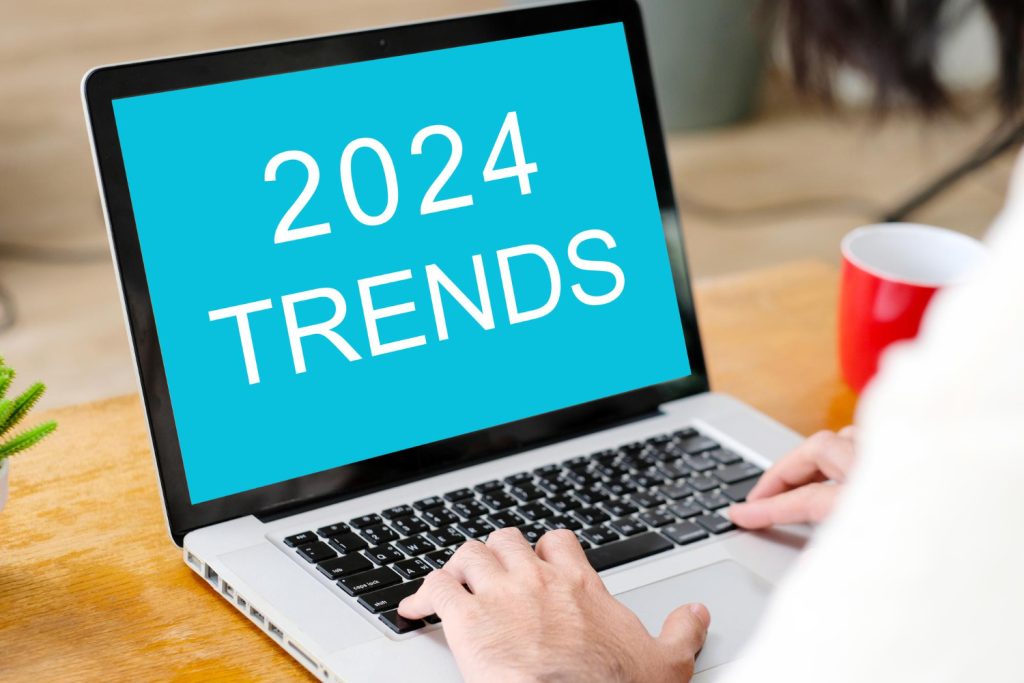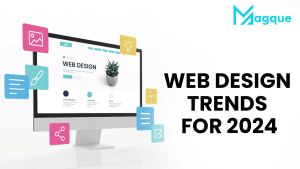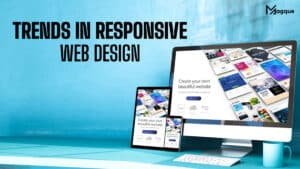2024 Website Design Trends: A Glimpse into the Future
Hey there, tech-savvy readers! In the ever-evolving world of web design, staying ahead of the curve is essential. As we step into 2024, let’s embark on a journey to explore the exciting website design trends that are set to redefine the digital landscape. Think of it as a sneak peek into the future of web aesthetics and user experience.
Dark Mode Dominance
Dark mode isn’t just a passing trend; it’s here to stay. It reduces eye strain and adds a touch of sophistication to websites. Imagine it as the sleek black dress of web design, exuding elegance while being easy on the eyes. In 2024, more websites will offer dark mode options, giving users a personalized experience.
Immersive 3D Elements
Remember the days of flat, 2D design? Well, those days are fading fast. 3D elements are taking centre stage, offering users a more immersive experience. It’s like stepping into a pop-up storybook where elements come to life. Expect to see 3D illustrations, animations, and even interactive 3D models becoming commonplace.
Minimalistic Micro-Interactions
Micro-interactions are like the subtle nods and smiles in a conversation. They add depth and engagement to websites. In 2024, minimalistic micro-interactions will be all the rage. These small details create a delightful user journey, from subtle button animations to interactive hover effects.
AI-Powered Personalization
Websites are getting smarter, thanks to AI. Imagine your website as a personal butler, intuitively knowing your preferences. AI-driven personalization will offer tailored content and recommendations, ensuring users effortlessly find what they’re looking for.
Bold Typography Choices
Typography is like the font of your personality. In 2024, bold and expressive typography will take centre stage. Large headlines, creative fonts, and unique text layouts will capture attention and convey brand personality effectively.
Voice User Interfaces (VUI)
Voice search and commands are no longer futuristic concepts. VUI is like having a conversation with your website. With the rise of voice-activated devices, websites will adapt to accommodate voice interactions, making navigation smoother for users.
Sustainable Web Design
Just as we’re conscious of our carbon footprint, web designers are becoming eco-conscious too. Sustainable web design is like using renewable energy for your website. Expect more eco-friendly design practices, including optimized code, reduced server loads, and green hosting options.
Augmented Reality (AR) Integration
AR is like a magic portal that blends the digital and physical worlds. In 2024, websites will incorporate AR to provide users with immersive experiences. From trying on virtual clothes to previewing furniture in your living room, AR will bridge the gap between the digital and actual.
Mobile-First Mindset
Mobile devices are our constant companions, and web design reflects that reality. Mobile-first design is like tailoring a suit to fit perfectly. Websites will prioritize mobile optimization to ensure seamless browsing on smaller screens.
Inclusive Design
Inclusivity is like opening the door to all visitors. Websites will focus on accessibility, ensuring that everyone, regardless of abilities or disabilities, can navigate and enjoy the content. Expect more emphasis on alt text, keyboard navigation, and colour contrasts.
In conclusion, 2024 promises to be an exciting year for web design. These trends are like the colours on an artist’s palette, waiting to be blended into unique and captivating digital experiences. As we embrace these innovations, we’re in for a web journey that’s visually stunning, more user-centric and sustainable. So, buckle up, fellow digital explorers, and get ready to surf the waves of web design evolution in 2024!
Read Also:
Essential Elements of a User-Friendly Website
The Future of Website Personalization Tailoring User Experiences




















